According to media reports, SpaceX refused to move its satellite even after it was alerted by the US military, which monitors space traffic.
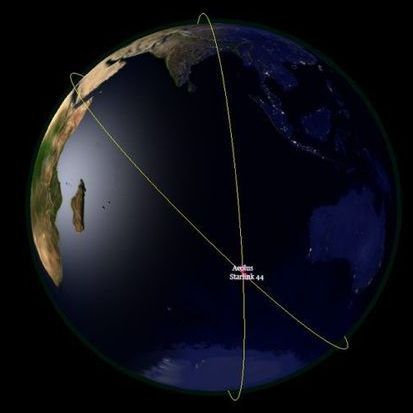
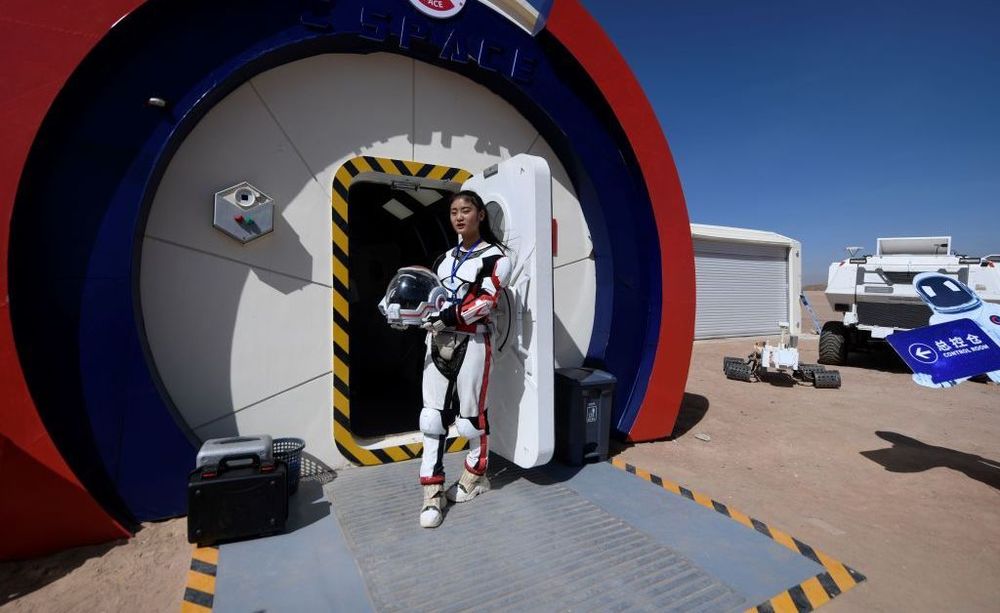
One firm looking to capitalize is Beijing-based startup i-Space, which is preparing for its third launch in coming weeks. Like most of the $500 million-valued firm’s employees, CEO Jingqi Cai came from China’s state space industry. She sees no limit to what the Chinese commercial space industry can achieve. “I don’t know any country in the world which can do things as fast as in China,” says Cai.
Still, the ability of China’s commercial space firms to compete is curtailed by strict International Traffic in Arms Regulations (ITAR) rules, which prohibit satellites containing American components from being launched by China. In response, China is offering holistic “turnkey” solutions: building U.S. component-free satellites for clients, handling the launch and offering ground station support. Although China’s share of the commercial market remains small at around 5–10%, say analysts, it is growing with launch of communications and surveillance satellites for nations like Brazil, Venezuela, Laos, Nigeria and Algeria. In addition, European satellite manufacturers have begun designing devices labeled as “ITAR-free” for this reason.
The likelihood is that China’s space exploration and commercial programs will advance in tandem. For i-Space chief engineer Yi Wei, launching satellites is simple compared to his previous job designing escape pods for China’s state-run human space program. “In comparison, I feel no pressure here at all,” he says.

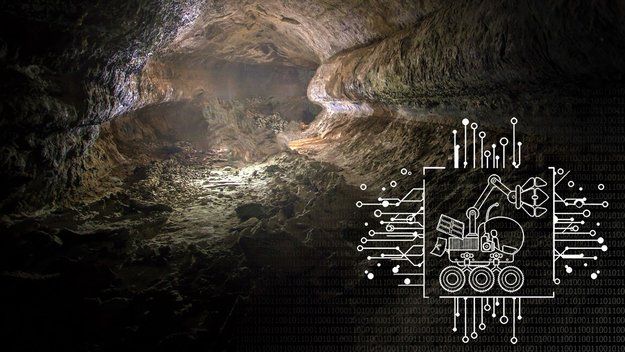
Caves on the #Moon? This is a 100 m deep pit in the Sea of Tranquility, potentially an entrance to a tunnel system. We’re seeking innovative ideas for how to explore #lunar caves, via the Open Space Innovation Platform 👉 http://www.esa.int/Our_Activities/Preparing_for_the_Future/D…unar_caves (📷 NASA/GSFC/Ariz. State Univ.)
How would you design a system to detect, map and explore caves on the Moon? Our latest hunt for ideas is seeking novel initiatives that address this question.
While the surface of the Moon has been well-documented with cameras on board several satellite missions, relatively little is known about the presence and nature of subsurface cavities. In volcanic areas of the lunar maria, planetary geologists have identified pits that could be related to the collapse of cavities such as lava tubes – where lava once flowed under the lunar surface.
“Exploring and mapping these tubes could provide new information about the Moon’s geology, but they could also be an interesting option as long-term shelter for future human visitors to the Moon,” explains Franceso Sauro, Director of ESA’s PANGAEA planetary geology astronaut training. “They would shield astronauts from cosmic radiation and micrometeorites and possibly provide access to icy water and other resources trapped underground.”
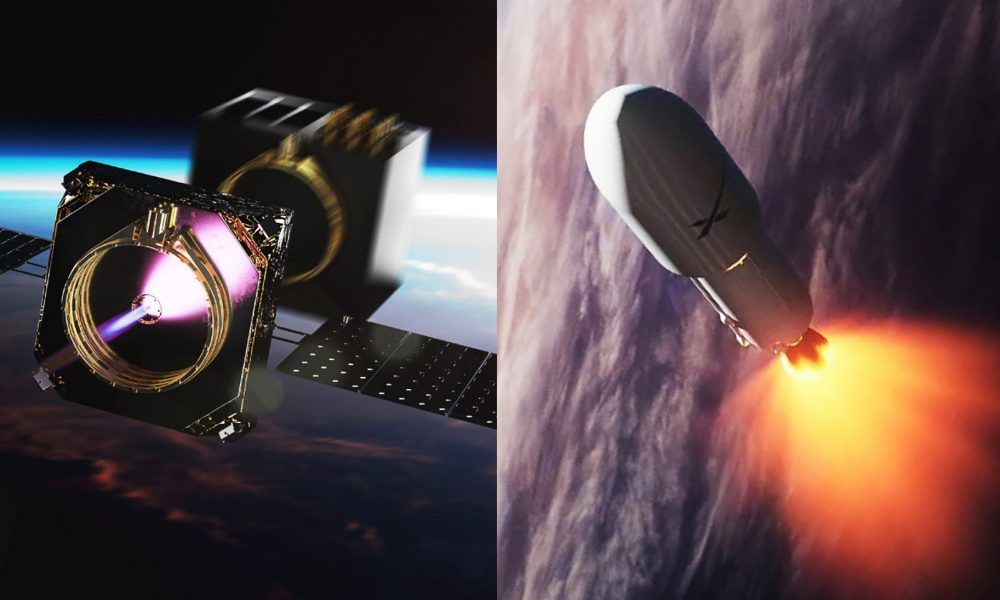
On August 22nd, spaceflight startup Momentus Space and launch heavyweight SpaceX announced the first public launch contract to fall under the umbrella of the latter company’s recently-announced Satellite Rideshare Program.
Meant to provide a reliable, consistent, and affordable form of shuttle-like access to orbit, SpaceX’s rideshare program will – pending demand – involve no less than one dedicated Falcon 9 launch per year, capable of placing 15+ metric tons (33,000+ lbs) into low Earth orbit. Although SpaceX’s rideshare proposal is far from revolutionary, the company’s contract with Momentus Space appears to be more than a basic launch service agreement, potentially opening doors for far more flexible rideshare launches in the future.
Since its November 2017 founding, Momentus Space has been able to put money where its mouth is far more so than any comparable space tug hopeful, of which there are several. The concept that has helped Momentus raise nearly $34M in just 1.5 years is relatively simple: build a spacecraft whose sole purpose is to propel other spacecraft to their final orbit(s).
Next week on board the International Space Station, Canada’s Dextre – the most sophisticated space robot ever built – will conduct tests to show how robots could refuel satellites and spacecraft in space! 🤖 🍁 Read the full story: http://www.asc-csa.gc.ca/eng/iss/news.asp.
Video: CSA

LinkSpace’s test flight on Saturday came on the heels of a historic delivery of a satellite into orbit last month by privately owned Chinese firm iSpace.
BEIJING (Reuters) — Chinese startup LinkSpace on Saturday completed its third test of a reusable rocket in five months, stepping up the pace in China’s race to develop a technology key to cheap space launches in an expected global boom in satellite deployment.
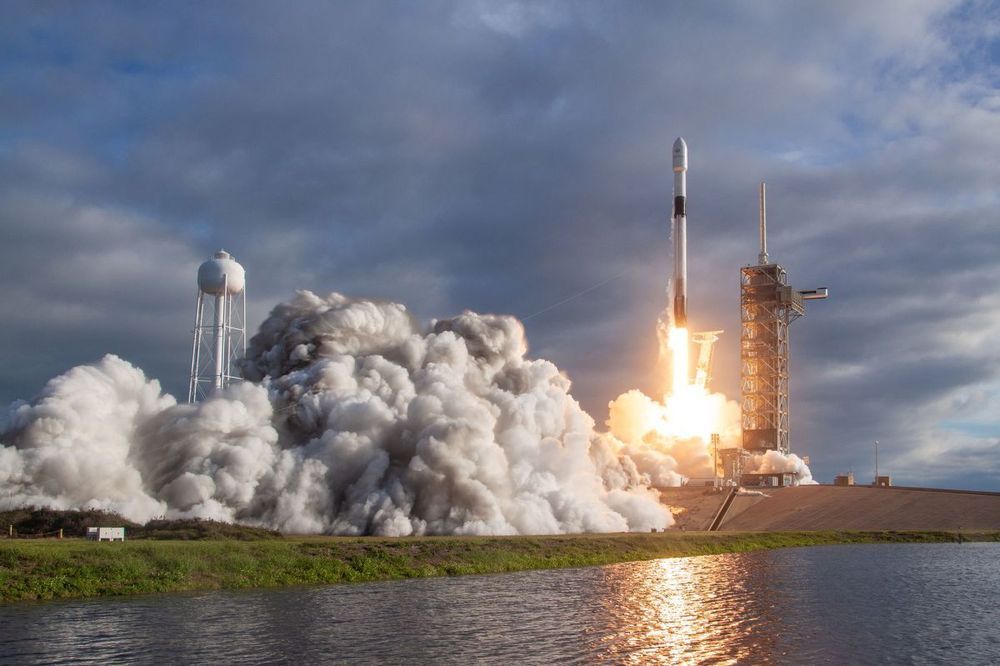
Today (Aug. 6) is going to be a big day in space!
After a Cygnus cargo spacecraft departs the International Space Station this afternoon, SpaceX and Arianespace will be launching a total of three new communications satellites into orbit. You can watch all three events live here at Space.com.
First, the Cygnus cargo ship will undock from the space station at 12:15 p.m. EDT (1615 GMT). NASA astronauts Nick Hague and Christina Koch will use the station’s Canadarm2 robotic arm to release the vessel into the vacuum of space. NASA TV will provide live coverage of the send-off beginning 15 minutes prior to its departure.
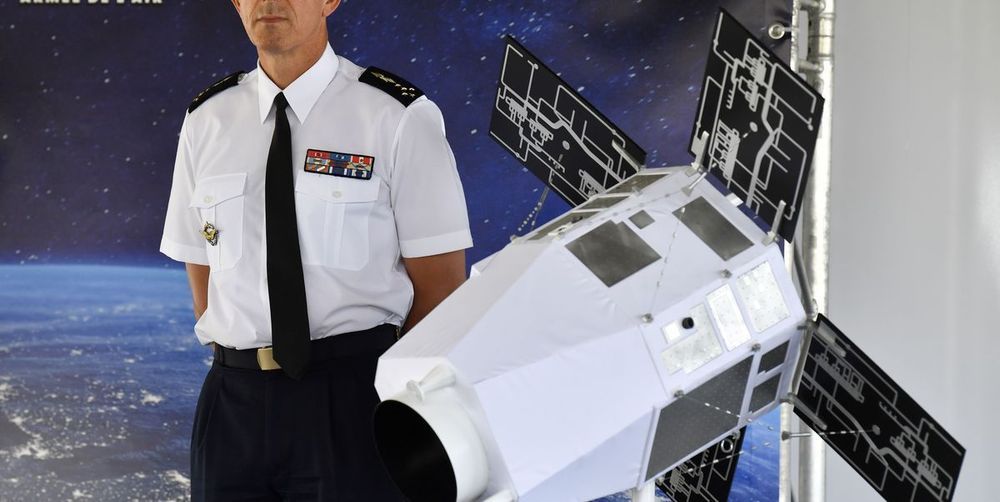
France will develop satellites armed with laser weapons, and will use the weapons against enemy satellites that threaten the country’s space forces. The announcement is just part of a gradual shift in acceptance of space-based weaponry as countries reliant on space for military operations in the air, on land, and at sea—as well as for economic purposes, bow to reality and accept space as a future battleground.
Circa 2018
One of the main factors limiting the life of satellites is how much propellant they can carry to execute orbital corrections. Now scientists in Spain have come up with a propellantless propulsion system that also doubles as an electric generator. Using the Earth’s magnetic field interacting with a 2-km long aluminum tether, the system could be used to dispose of space debris and boost the orbit of the International Space Station (ISS).